The shoppers we spoke to were principally buying for children’s lunchboxes. Mothers were looking for the packs they knew their children liked as well as keeping an eye open for any offers.
Multipack crisps and snacks were located towards the back of the stores and from the body language it was clear shoppers were tiring and ready to finish their shop by then.
The fixturing, therefore, needs to work hard to make the task of choosing as easy as possible for these weary shoppers. But we found shoppers views polarised on the merits of the displays. One was: “It is wonderful, full of colour and looks vibrant.” The other: “The colours merge and I find it overwhelming.”
Several shoppers said the aisle was daunting. “It’s fine if they have what you want and you see it straight away but quite often it is moved or, even worse, out of stock”.
Shoppers blamed the store for failing to fill shelves when it came to out of stocks. One went off to find a member of staff to see if there was any at the back when confronted with an empty shelf.
When children were present they were involved in the decision. A few of the six to eight-year-olds were streetwise in terms of new flavours and types of crisps and snacks sold. The influence of what other kids had in their lunchboxes prompted a couple of parents to buy into a new snack. Being first in the playground with a newly launched product can be a strong influence - we also saw this in children’s yogurts and countline chocolate.
Brand image is key - own label crisps are a non-starter.
Nearly eight in 10 bought a branded product. There is an appreciation of the price differential between own label and brands but the majority of shoppers had a repertoire of brands and own label did not feature. Just over half the shoppers questioned always buy the same brand.
Walkers Sensations was mentioned by one shopper because it was not available in multipacks and she was not prepared to pay for singles.
Three-quarters of those interviewed bought crisps or snacks once a week or more and a fifth once every fortnight. A few said that if they bought into a bogof or 3 for £3 offer they might not need to buy the next week. One shopper did say, however, that it was difficult to prevent the kids wanting to eat them.
Nine-tenths had intended to make a purchase that day. The 10% who had not intended to buy but who did so were prompted when they saw the products in the aisle.
Several were moving on to buy some treat crisps for themselves. But there was no replacement for the packet of crisps/snacks when it came to the lunchbox and parents were loath to send the kids off to school without this item. They felt they could substitute cakes with biscuits or give them two cakes if they had forgotten biscuits, but there was no substitute for crisps.
A few said that quite often they had to make a special shopping trip if they had no crisps/snacks for the lunchbox left - Visuality calls this needs driven shopping.
One shopper with five children had to buy 50 packets a week. The children each took a packet in their lunchbox and had another when they arrived home from school.
Multipack crisps and snacks were located towards the back of the stores and from the body language it was clear shoppers were tiring and ready to finish their shop by then.
The fixturing, therefore, needs to work hard to make the task of choosing as easy as possible for these weary shoppers. But we found shoppers views polarised on the merits of the displays. One was: “It is wonderful, full of colour and looks vibrant.” The other: “The colours merge and I find it overwhelming.”
Several shoppers said the aisle was daunting. “It’s fine if they have what you want and you see it straight away but quite often it is moved or, even worse, out of stock”.
Shoppers blamed the store for failing to fill shelves when it came to out of stocks. One went off to find a member of staff to see if there was any at the back when confronted with an empty shelf.
When children were present they were involved in the decision. A few of the six to eight-year-olds were streetwise in terms of new flavours and types of crisps and snacks sold. The influence of what other kids had in their lunchboxes prompted a couple of parents to buy into a new snack. Being first in the playground with a newly launched product can be a strong influence - we also saw this in children’s yogurts and countline chocolate.
Brand image is key - own label crisps are a non-starter.
Nearly eight in 10 bought a branded product. There is an appreciation of the price differential between own label and brands but the majority of shoppers had a repertoire of brands and own label did not feature. Just over half the shoppers questioned always buy the same brand.
Walkers Sensations was mentioned by one shopper because it was not available in multipacks and she was not prepared to pay for singles.
Three-quarters of those interviewed bought crisps or snacks once a week or more and a fifth once every fortnight. A few said that if they bought into a bogof or 3 for £3 offer they might not need to buy the next week. One shopper did say, however, that it was difficult to prevent the kids wanting to eat them.
Nine-tenths had intended to make a purchase that day. The 10% who had not intended to buy but who did so were prompted when they saw the products in the aisle.
Several were moving on to buy some treat crisps for themselves. But there was no replacement for the packet of crisps/snacks when it came to the lunchbox and parents were loath to send the kids off to school without this item. They felt they could substitute cakes with biscuits or give them two cakes if they had forgotten biscuits, but there was no substitute for crisps.
A few said that quite often they had to make a special shopping trip if they had no crisps/snacks for the lunchbox left - Visuality calls this needs driven shopping.
One shopper with five children had to buy 50 packets a week. The children each took a packet in their lunchbox and had another when they arrived home from school.







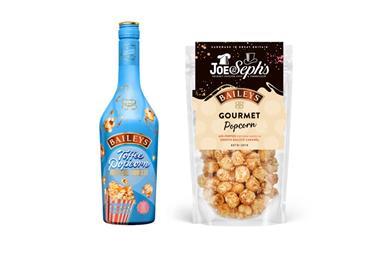
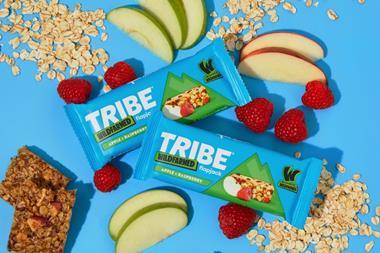
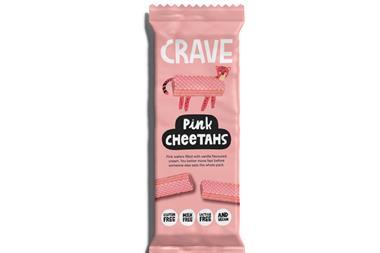
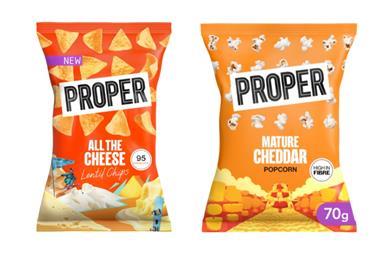
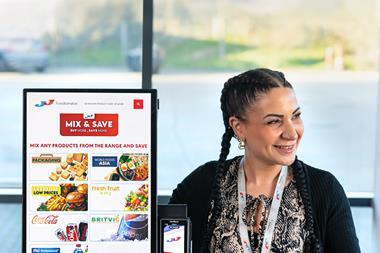





No comments yet